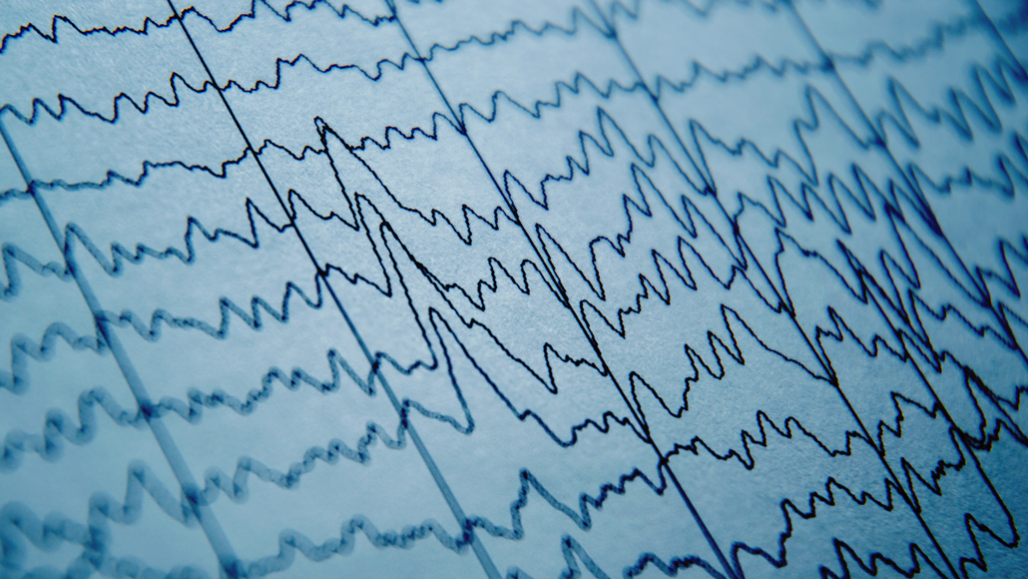behavior: The way something, often a person or other organism, acts towards others, or conducts itself.
brainwave: An electrical signal produced through the coordinated activity of billions of neurons in the brain of an animal. When charted, the signal typically looks wavy or spiky.
cell: The smallest structural and functional unit of an organism. Typically too small to see with the unaided eye, it consists of a watery fluid surrounded by a membrane or wall. Depending on their size, animals are made of anywhere from thousands to trillions of cells. Most organisms, such as yeasts, molds, bacteria and some algae, are composed of only one cell.
electricity: A flow of charge, usually from the movement of negatively charged particles, called electrons.
nerve: A long, delicate fiber that transmits signals across the body of an animal. An animal’s backbone contains many nerves, some of which control the movement of its legs or fins, and some of which convey sensations such as hot, cold or pain.
neuron: An impulse-conducting cell. Such cells are found in the brain, spinal column and nervous system.
sensor: A device that picks up information on physical or chemical conditions — such as temperature, barometric pressure, salinity, humidity, pH, light intensity or radiation — and stores or broadcasts that information. Scientists and engineers often rely on sensors to inform them of conditions that may change over time or that exist far from where a researcher can measure them directly. (in biology) The structure that an organism uses to sense attributes of its environment, such as heat, winds, chemicals, moisture, trauma or an attack by predators.
wave: A disturbance or variation that travels through space and matter in a regular, oscillating fashion.

